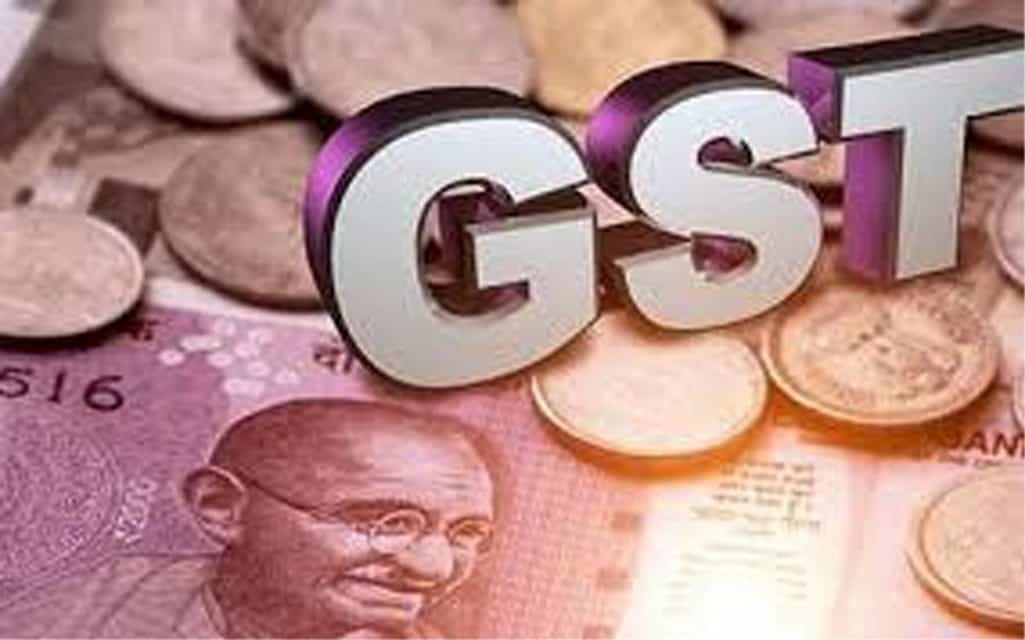Purchasing or renting residential properties has always been a significant concern in Indian Societies. From finding the apt housing property to the legal work required, everything needs time and a reasonable approach while sealing the deal. On top of these prominent issues, the taxation procedure involved in buying, selling as well as in the maintenance of the property poised a different concern altogether.
In the Indian taxation procedure, there is no rigid and comprehensive taxation levied on the owner’s residential properties by the central government. This remains variable for all the states and union territories without any exceptional changes. In addition to this, the municipalities within these states, too, have set up on their varying proportion of housing properties. For leased properties, these taxes are commissioned over the annual aggregate income via the rental money of the owner. But among other GST pros and cons, the housing sector or the property on lease to has experienced several benefits.
Although, there is no mention of property taxes in the latest news on GST bearing additional GST. Still, the rental or commercial residential properties fall primarily under the GST’s taxation. Such a commodity’s owner can lawfully demand GST along with the rental charges.
Taxability of Residential Properties of Different Types
The new and improved goods and services taxability law also covers the residential properties with specific clauses under the given considerations. Counted among all the GST pros and cons, improvements, and amends under the real estate GST segment is immense. Hence, the results are apparent in the housing sector, as well.
Let’s take a closer look at the taxability of several residential properties considering the changes mentioned in the latest news on GST:
RTM (Ready To Move) Residential Properties
According to the latest changes made, the selling or purchasing of ready to move buildings or any other rental commodities does not fall under any section of the supply of goods. Neither is it a part of the procurement of services. The property, as per the current schedule, can be considered an activity or transaction and is free of further taxes. This is one of the significant points taken into account while discussing GST pros and cons in the private property laws.
Under Construction Properties for Homes
A rate of 5% would be excised on such housing properties serving the needs of homes to the owners. Earlier in the third schedule itself, the price was 8%, which from April 2019 was reduced to the current 5%, as mentioned in the updates regarding the latest news on GST.
Houses on Resale
One of the significant positive points to be specified while considering GST pros and cons is that all the older homes or private residential properties do not come under the GSTs levy. Therefore, the law of taxability under GST does not apply to someone looking for a used home or flat.
On Land and Purchase Sale
Since the Indian taxation law exempts land as a functional or services entity, it cannot be considered under GST. Whenever you’re purchasing a piece of land for personal usage with no rental income coming out of it. As per the latest news on GST covering 2019’s amendments in the third schedule of CGST, the non-taxability of land on purchase for personal usage didn’t see any apparent change.
The Latest Amendments in GST over Residential House/Flats
The GST council has given a new set of guidelines regarding the taxation procedure of houses and flats on purchase. This latest transition is a valuable addition in the positive column of GST pros and cons, which came into being from April 1st, 2019.
The Law
The council has decided new parameters for GST and its applicability to the housing units. Following the official data, the amendment states:
- There will be new rates for housing sects, and the effective GST of 5% would be levied on them with no ITC provided the property falls under the affordable price.
- For the unaffordable or the higher rates, the would be 1% only.
- The parameter for non-metropolitan cities’ affordable housing unit is set up by the council itself, says the latest news on GST. The house or flat must have a floor area of about 90 sq. Km and the average value in the form of money is kept 45 lakhs.
- For metropolitan cities, the floor area for the same price rate is kept 60 sq. Km. This was done to make sure that the exploding price rates in the metro cities must be checked, yet another triumph to be mentioned under the GST pros and cons columN.
- The council also specified that for constructing these housing units, 80 percent of the materials must be supplied by or procured from a verified or registered manufacturer with a valid GSTIN registration.
- The amendment also mentioned that 15% of all rental properties must be covered under the existing CGST of the third schedule.
Impact on New House/Flat Buyers
As the ITC won’t be applicable for most of these housing units, the buyers surely acknowledge the positive points of GST pros and cons. Earlier the new house owners used to pay various taxes, which are now sublimed into a single GST. Moreover, the ITC used to cast a burden over the already troubled buyers. But with this amendment, there would be some reductions in the pricing and affordability of the same property at lower rates.
Moreover, the un-organized and excessive pricing of the materials used in erecting the house of their dreams was rather tricky. With the inclusion of the necessity of purchasing most of the materials from the organized sector, the buyers are going to see yet another relief from the burdening costs. A large chunk of their expenditure would be recordi=ed, and hence they may be given some reduction in the property taxes as well.



